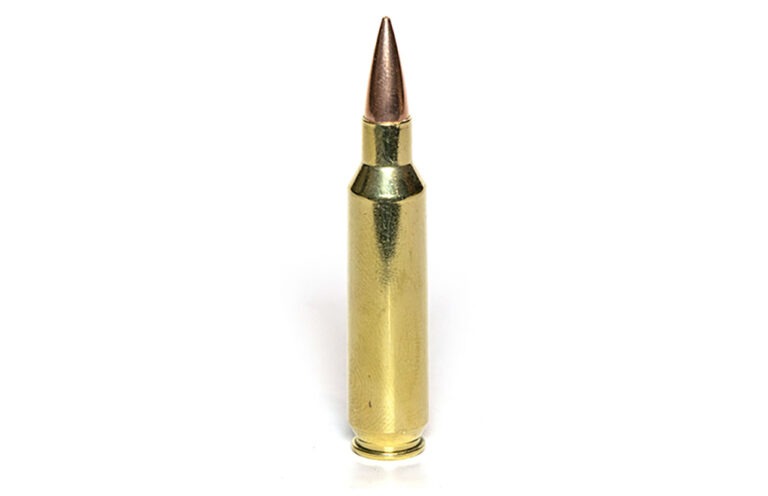
We take a look at the 22 Nosler cartridge and discuss its ballistic properties, practical applications and whether it still has a place today.
The idea behind 22 Nosler was to develop the most powerful .22-caliber centerfire cartridge compatible with the AR-15 platform. It was designed to be so compatible, in fact, that all an AR-15 owner needed to do was swap the barrel (or entire upper receiver) and magazine and they would be good to go. When it was introduced, my initial thoughts on the 22 Nosler cartridge were that it was a solution looking for a problem, but that was before I shot it.
Turns out, the 22 Nosler is noticeably ballistically superior to .223 Rem./5.56x45mm NATO, and it’s both flatter shooting and harder hitting. The 22 Nosler approaches the performance of the storied .22-250 Remington cartridge while being compatible with the AR-15 platform, and that alone is impressive. But—there is always a but.
Quick Info
| 22 Nosler | |
| Parent Case | N/A |
| Bullet Diameter | .2245 in. |
| Neck Diameter | .255 in. |
| Shoulder Diameter | .400 in. |
| Base Diameter | .4207 in. |
| Rim Diameter | .378 in. |
| Case Length | 1.760 in. |
| COL | 2.260 in. |
| Case Capacity | 34.2 gr H2O |
| Maximum Pressure (SAAMI) | 55,000 psi |
Pros
- Ballistically superior cartridge to .223 Remington/5.56x45mm NATO
- Designed to be used in standard .223 AR-15s with only a barrel and magazine swap
- Still a great varmint round
Cons
- Ammunition is only made by Nosler and is comparatively expensive and harder to find
- Other ballistically similar rounds exist that are less expensive and more available
- Complete guns and 22 Nosler conversion uppers are getting harder to find
22 Nosler Design
The 22 Nosler was introduced in 2017 and at first glance, it looks like a fat .223 Remington. Unlike many cartridges designed for the AR-15 platform, the 22 Nosler does not use a parent case. The case is proprietary and can’t be formed from another case. The case measures 1.760 inches in length, which is the same as the .223 Rem., but it’s girthier. The 22 Nosler has a 0.378-inch case diameter compared to .223 which has a case diameter of 0.354 inches. That translates to about 25 percent more case capacity. More case capacity means more powder, and more powder means increased velocity, flatter trajectory, less wind deflection and more energy.
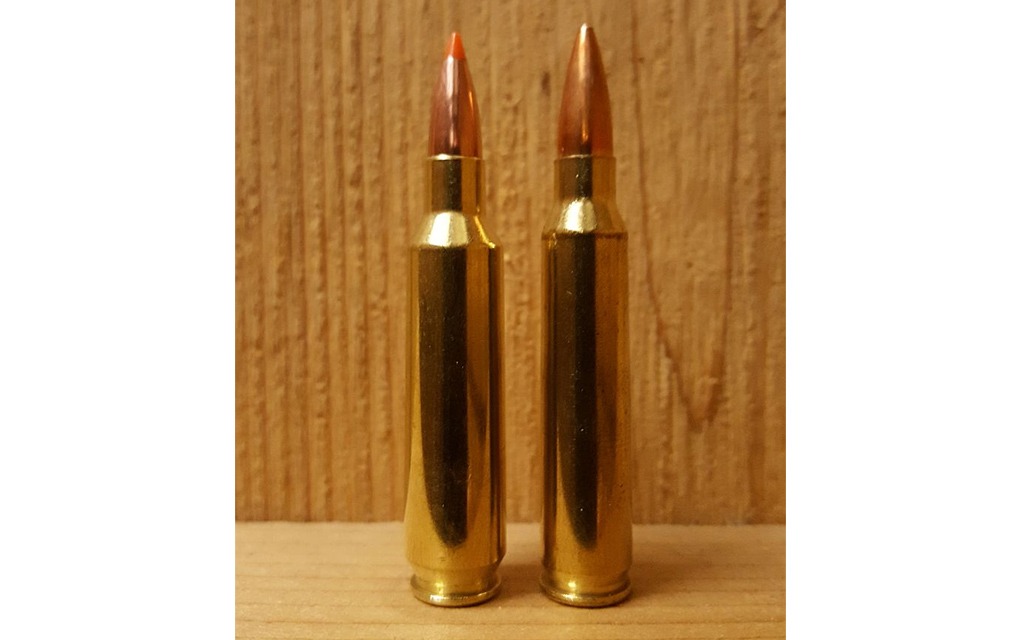
The 22 Nosler uses a rebated rim, meaning the rim diameter is less than the case diameter. The rebated rim of the 22 Nosler is the same size as the rim of a .223 Rem./5.56x45mm NATO cartridge and is therefore compatible with a standard AR-15 bolt face.
The case taper and diameter of 22 Nosler look similar to another AR-15 cartridge, the 6.8 Remington SPC, and that likely wasn’t an accident. Since 6.8 Rem. SPC predates Nosler’s round by about 15 years, it made sense for Nosler to design its cartridge in a way that would allow compatibility with existing 6.8 magazines. Why reinvent the wheel? Besides the barrel, the magazine is the only other component you need replace to convert a standard AR-15 to 22 Nosler.
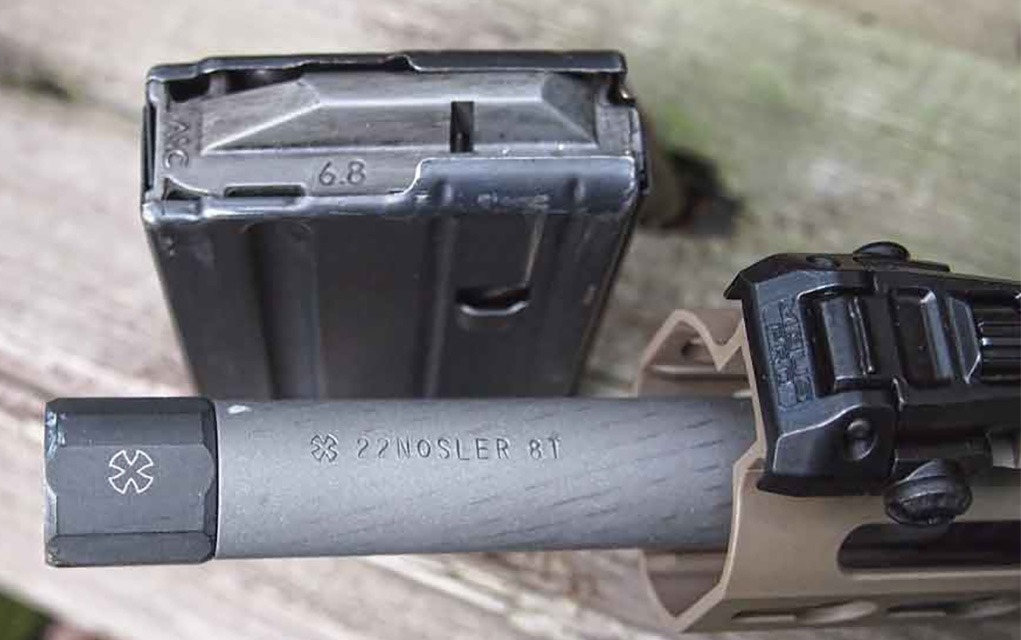

Practical Applications
Both competitive shooters and varmint hunters benefit from the 22 Nosler. Faster, flatter, and farther is the mantra of both pursuits, and the 22 Nosler delivers that handily. While a competitor doesn’t care about downrange energy because all they are doing is punching holes in paper or ringing steel, varmint hunters will enjoy the extra energy the round offers over the .223 Rem./5.56x45mm NATO. Recoil is mild and not significantly greater than the recoil from the .223/5.56.
22 Nosler Ballistics
22 Nosler barrels use a 1:8-inch twist rate which means they can stabilize bullet weights up to 85 grains at the top end. Typical bullet weights are 53-, 55-, 70-, 77-, and 80-grain. Because 22 Nosler was primarily designed for used in .223/5.56 AR-15s, hence taking that round’s place, that’s what makes the most sense to compare it to. This will help you gauge whether the improved ballistics provided by the conversion are great enough to justify doing it, though that of course also depends on what you intend on using it for. All tables were made using ShootersCalculator with a 200-yard zero, a 1.5-inch sight height, no corrections for atmosphere and a 10 mph 90-degree crosswind.
We’ll start on the lighter end by comparing a 22 Nosler varmint load with some of Nosler’s .223 Rem. varmint ammo, both featuring a 53-grain Varmageddon bullet with a G1 BC of .303:
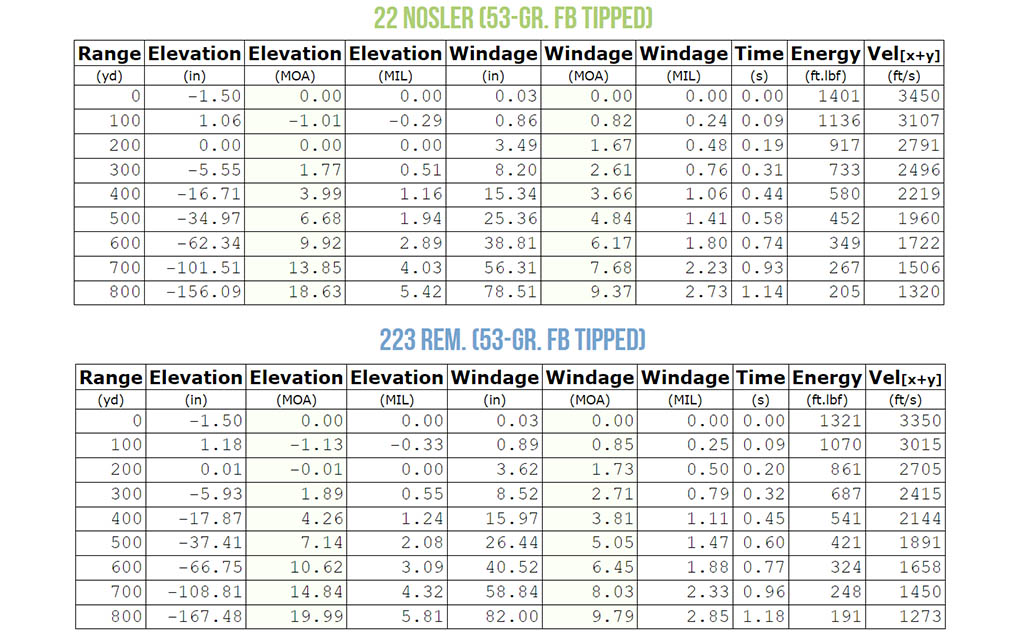

Out to 300 yards, there is not much difference between the two besides the 22 Nosler having a bit more energy. As the bullets pass 300 yards and approach 500 yards, their difference in energy starts to become less substantial while differences in drop and velocity start to become more apparent.
At 500 yards, the 22 Nosler drops 34.9 inches and retains a velocity of 1,960 fps and 452 foot-pounds of energy while the .223 Rem. drops 37.4 inches with a velocity of 1,891 fps and 421 foot-pounds of energy. Comparing the two, 22 Nosler has a mere 2.5 fewer inches of drop, about 3.5 percent more velocity and about 7 percent more energy. To me, those are yawn-inducing numbers.
However, the 22 Nosler starts to become more interesting when looking at heavier bullets for target shooting. Here’s a comparison between Nosler’s 77-grain loads of each cartridge, both featuring bullets with a G1 BC of .34:


Muzzle velocity is 2,950 fps from the 22 Nosler and 2,600 fps with the .223 Rem. That’s an impressive 350 fps advantage for the 22 Nosler right off the bat. Using the same 500-yard benchmark we used with the varmint loads, the 22 Nosler drops 46.9 inches while the .223 Rem. drops 62.9 inches. The .223 Rem. also drops energy like it’s shedding weight on a keto diet with 1,487 foot-pounds of energy compared to the 22 Nosler’s 1,734 foot-pounds. With this load, it’s clear that the 22 Nosler has a distinct advantage over the .223 Rem.
After 22 Nosler’s introduction, it’s no surprise that other companies followed suit with similar designs. One such cartridge was Federal’s .224 Valkyrie. Like 22 Nosler, .224 Valkyrie was developed with the intention of creating an AR-15-compatible round with increased velocity and performance over that of .223/5.56. However, it was primarily designed to achieve this with 90-grain bullets instead. While the 22 Nosler makes it easier for AR-15 enthusiasts to swap calibers, the .224 Valkyrie requires a different BCG as part of the conversion process.


To compare these two, we’ll again start on the lighter end of bullet weights. Here’s a table for a 55-gain 22 Nosler load (G1 BC of .267) versus a 60-grain load of .224 Valkyrie (G1 BC of .265):


Looking at the data, the 22 Nosler edged out the .224 Valkyrie in velocity by 200 fps at the muzzle. At 500 yards, the 22 Nosler dropped 36.8 inches and retained 409 foot-pounds of energy with a velocity of 1,830 fps. The .224 Valkyrie dropped 42.5 inches and held on to 380 foot-pounds while petering out to 1,689 fps. The differences aren’t drastic, but they are real, and 22 Nosler is clearly the winner between these two loads. Enough to make a difference when varmint hunting? That’s up to you.
Now let’s compare two target loads:
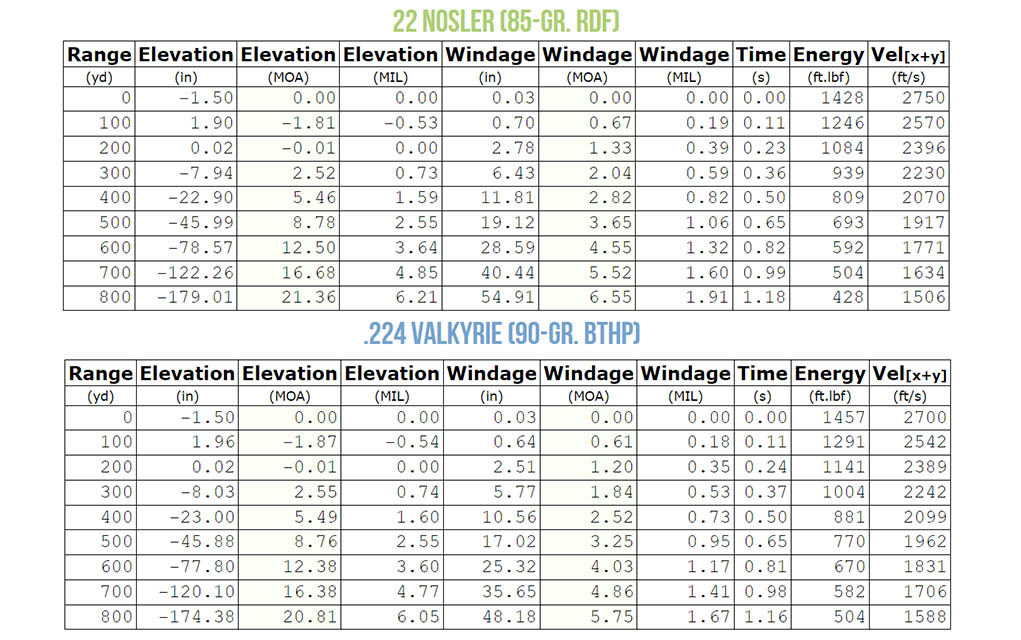

Comparing data from a 22 Nosler 85-grain RDF bullet (G1 BC of .498) against a 90-grain BTHP of .224 Valkyrie (G1 BC of .563), the 22 Nosler has only 50 fps more velocity than the .224 Valkyrie at the muzzle, but what’s interesting is at 500 yards the calibers are nearly neck and neck. The 22 Nosler drops 45.9 inches, has a velocity of 1,917 fps and retains 693 foot-pounds of energy, while the .224 Valkyrie drops 45.8 inches, has a velocity of 1,962 fps and 770 foot-pounds of energy. The only real advantage of .224 Valkyrie here is its greater energy, but that only starts to become noticeable at between 400 and 500 yards. Those are some pretty long ranges for varmint hunting, but having 80 or so foot-pounds more of energy could be beneficial for larger small game like coyotes. Outside of that, as the data shows, the differences between the two are pretty negligible.
22 Nosler Ammo
Currently, Nosler is the only factory source of 22 Nosler ammunition, so the cost is higher than if multiple manufacturers were producing it. That said, the eight loads offered by the company spread across five different bullet weights should cover most bases from hunting to target shooting.
Current 22 Nosler ammo prices obtained from AmmoSeek show an average of about 95 cents per round on the low end to about $1.50 per round for heavier target ammo. Meanwhile, the low end of .224 Valkyrie ammo is sitting at about 65 cents per round and about $1.15 per round for 90-grain target ammo. When it comes to .223/5.56 ammo, quality and price can vary quite a bit, but even good 77-grain target ammo is available for significantly cheaper than what 22 Nosler runs per shot. There’s also availability to consider, and .223/5.56 is far easier to find for sale and has a wider variety of loads and manufacturers to choose from.
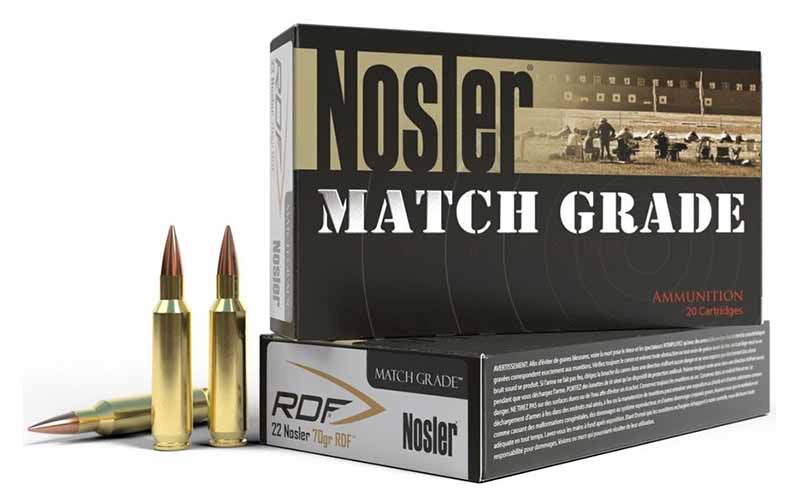

The ballistic data clearly showed certain areas where 22 Nosler has an advantage over .223/5.56 as well as .224 Valkyrie, but the question is whether or not the differences are significant enough to justify its greater cost per round. That’s up to you, but the frugal Yankee in me tends to opt for the simple, tried-and-true .223 Remington.
22 Nosler Rifles
Factory rifles chambered in 22 Nosler are expensive and there aren’t many models to choose from. If you wanted a bolt-action, Nosler chambers its Model 21 for it, but that somewhat defeats the purpose behind the cartridge since it was designed for use in ARs. The Model 21 is also very expensive. For AR-15-style rifles in 22 Nosler, Wilson Combat offers its Tactical Hunter model for about $2,500.
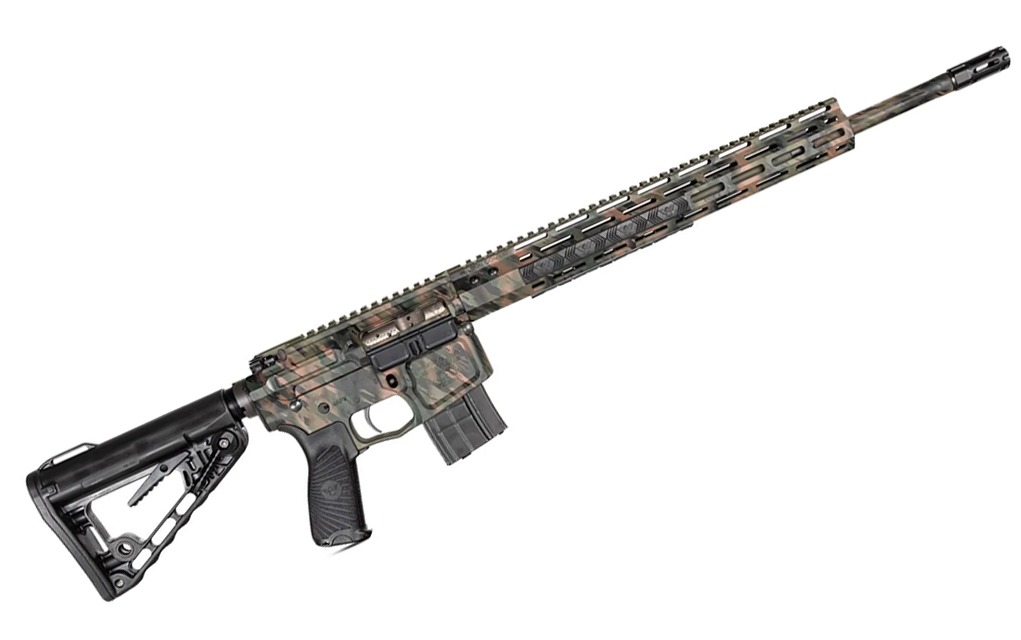

Really, as a cartridge designed for use in AR-15s with a replaced barrel and magazine, getting a 22 Nosler upper to use with an existing lower and BCG makes the most sense. However, White Oak Armament appears to be the only manufacturer that’s still offering any. A few others have made 22 Nosler uppers in the past, but all appear to be out of stock or discontinued at the time of this writing. That should give you a hint as to the future of this cartridge.
22 Nosler’s Future
The 22 Nosler broke ground as a fast, powerful .22-caliber centerfire round compatible with the AR-15 platform, and it deserves credit for that. While it appeared to have some very good potential when it was released in 2017, the writing seems to be on the wall that it’s going to go the way of the dodo. While it has impressive ballistics and the advantage of being compatible with standard .223/5.56 bolts, the current cost and availability of ammo and rifles/uppers mean that it just doesn’t make that much sense to get into today.
The reality is that in the current market, other options such as .224 Valkyrie and 22 ARC offer about the same practical performance if you wanted an AR-style varmint rifle. And when it comes to bolt-action varmint rifles, there are obviously many other excellent cartridges to choose from.
There’s nothing wrong with 22 Nosler, in fact it still performs great, and if you already own the rifle it should serve as a very useful companion on many more hunts. If you’re looking to get into a new, juiced-up varmint cartridge, however, it’s time to consider something else.
Raise Your Ammo IQ:


Next Step: Get your FREE Printable Target Pack
Enhance your shooting precision with our 62 MOA Targets, perfect for rifles and handguns. Crafted in collaboration with Storm Tactical for accuracy and versatility.
Subscribe to the Gun Digest email newsletter and get your downloadable target pack sent straight to your inbox. Stay updated with the latest firearms info in the industry.
Read the full article here




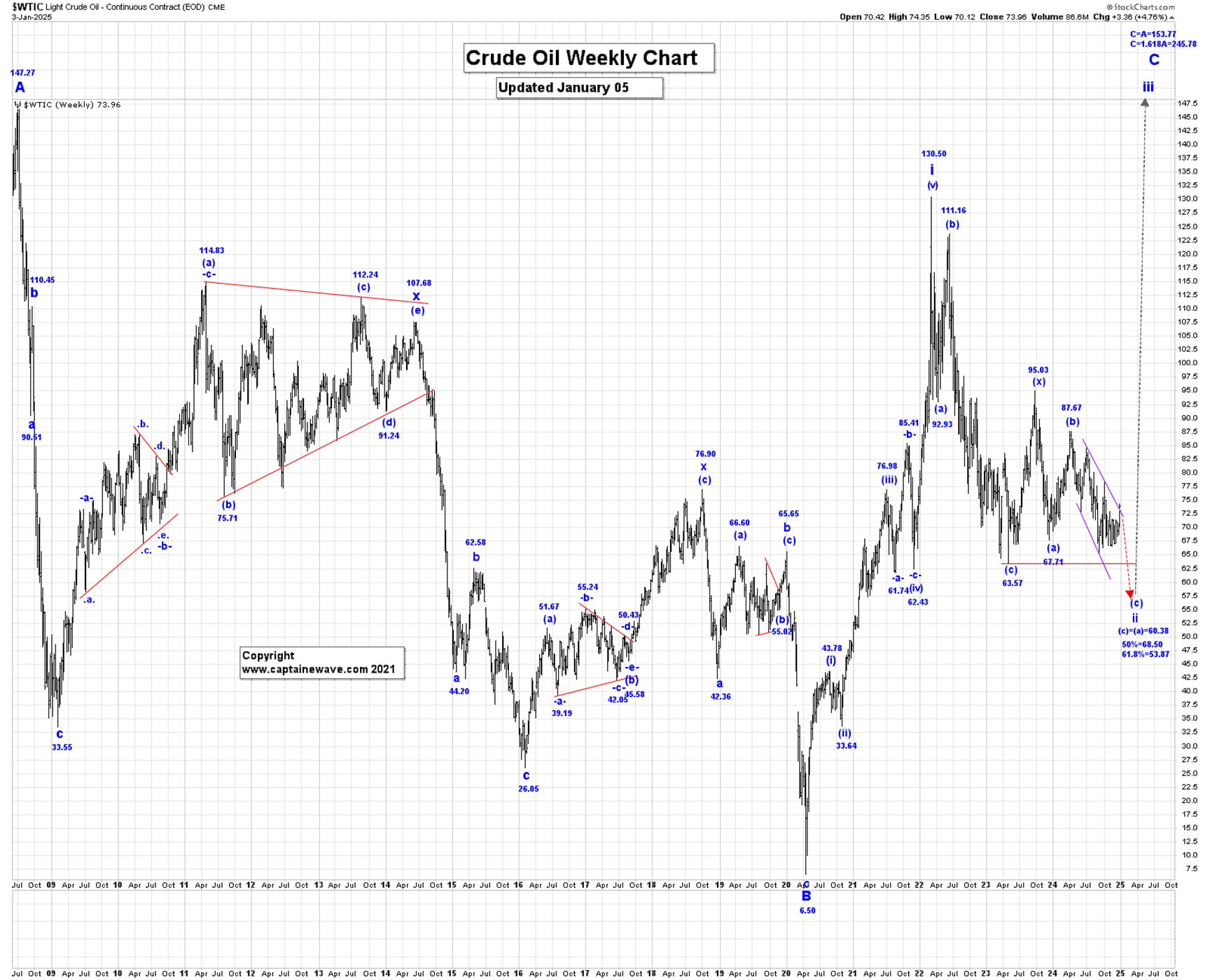
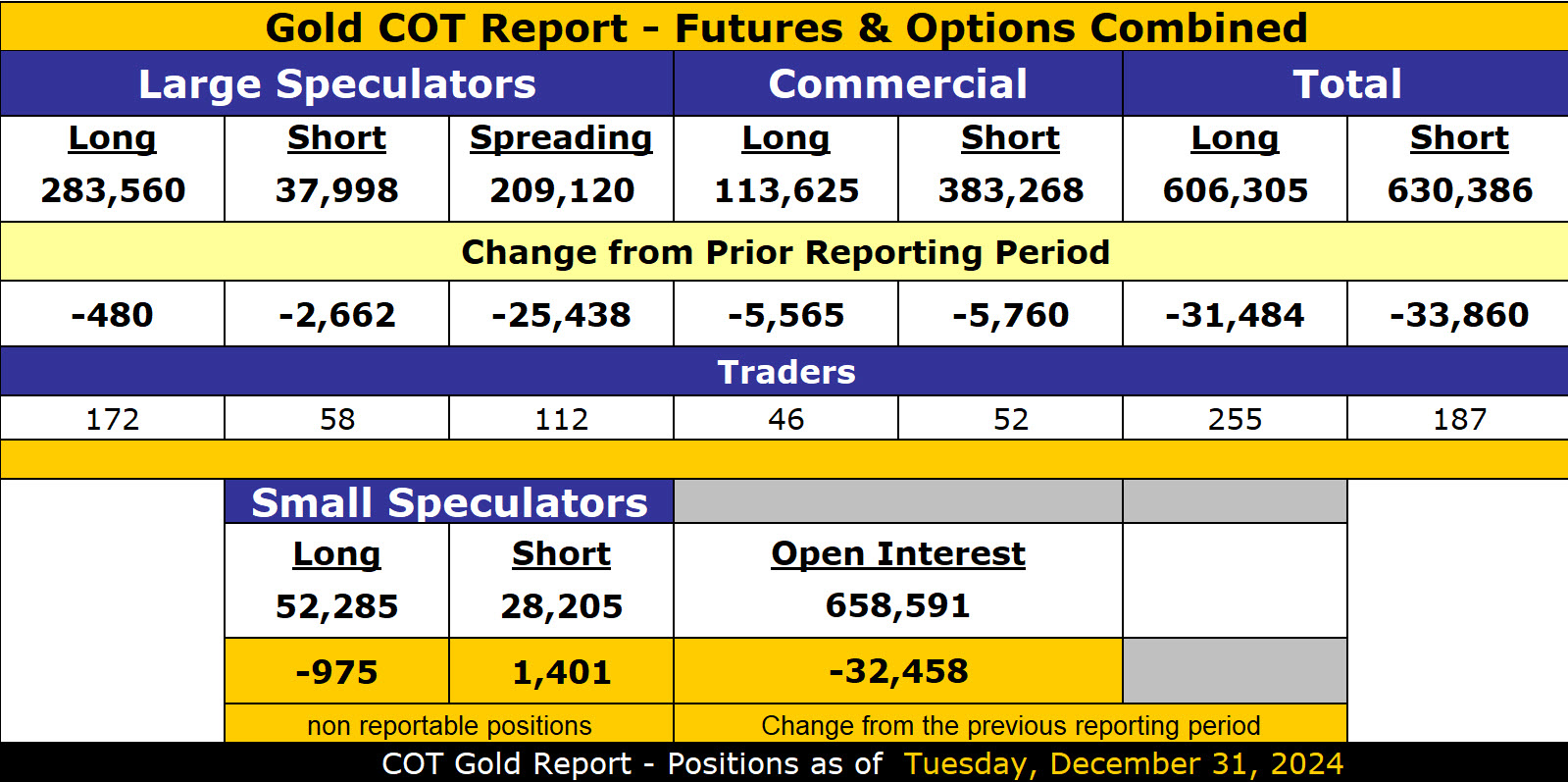

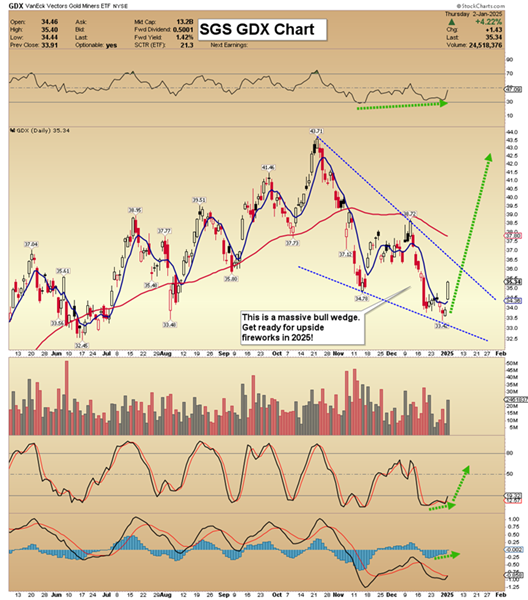

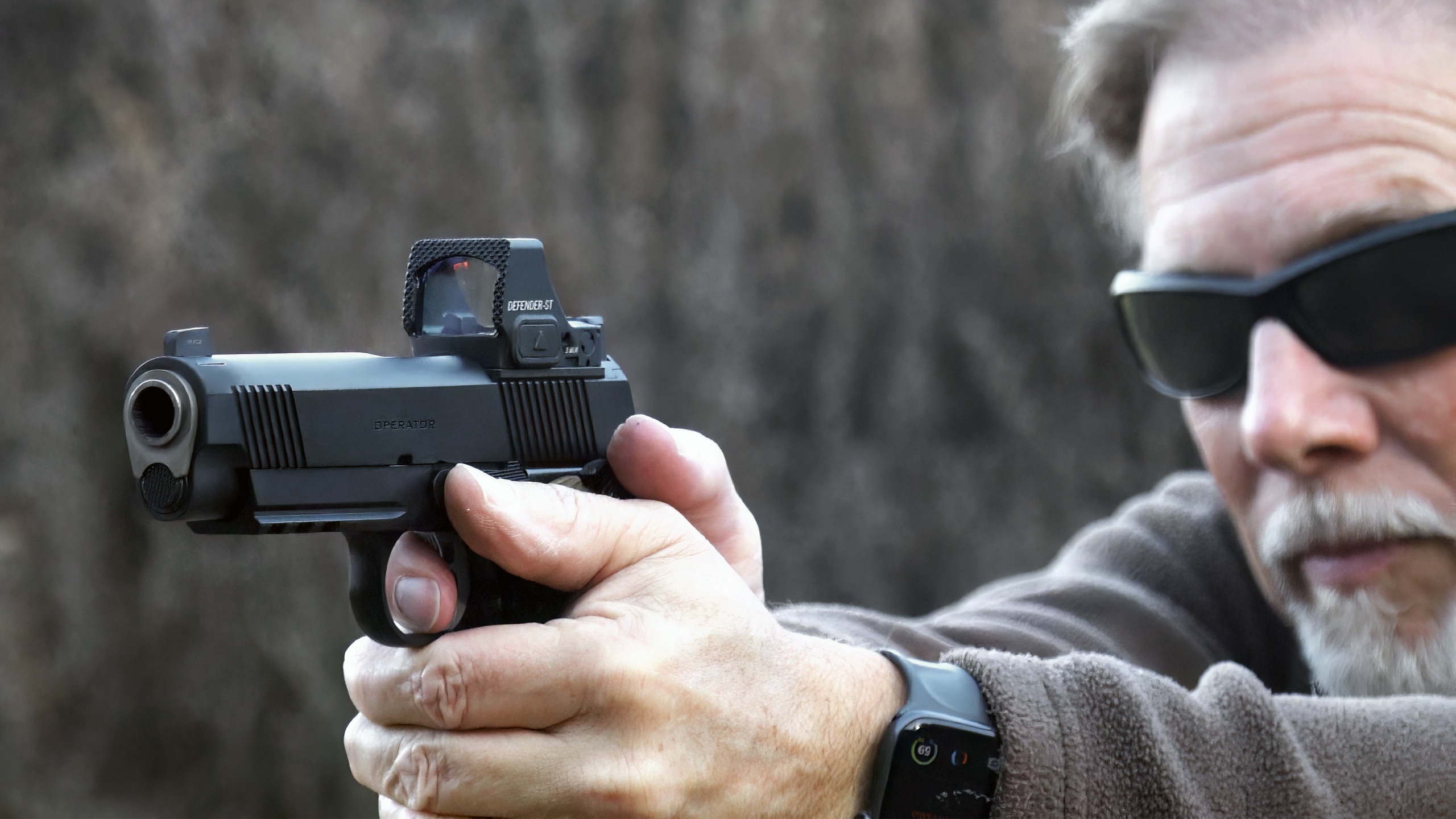
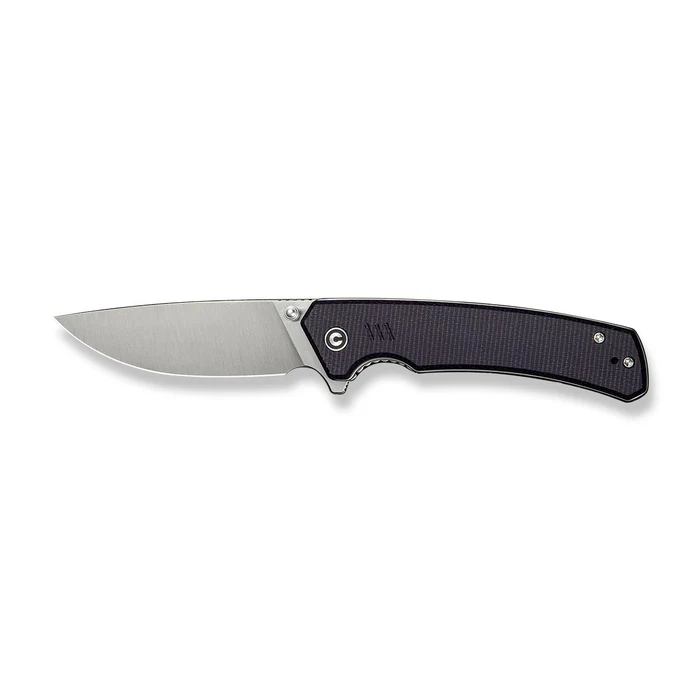

Leave a Reply